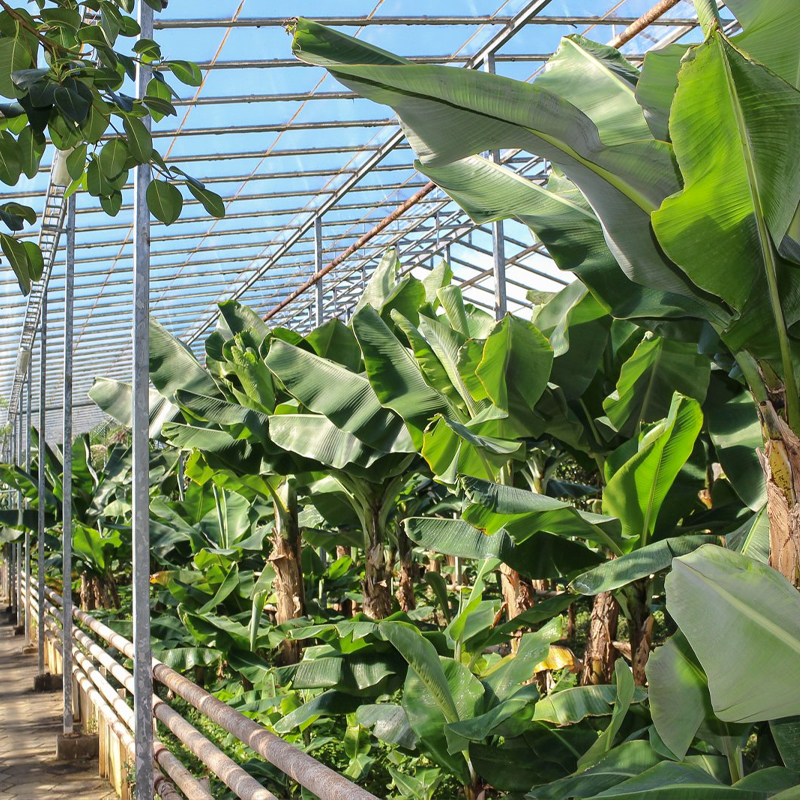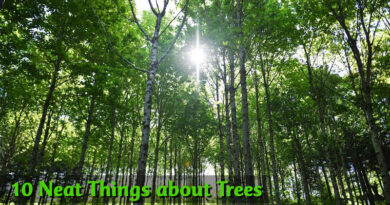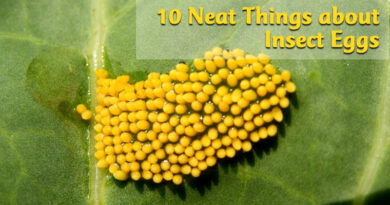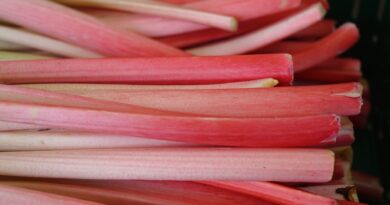About Bananas
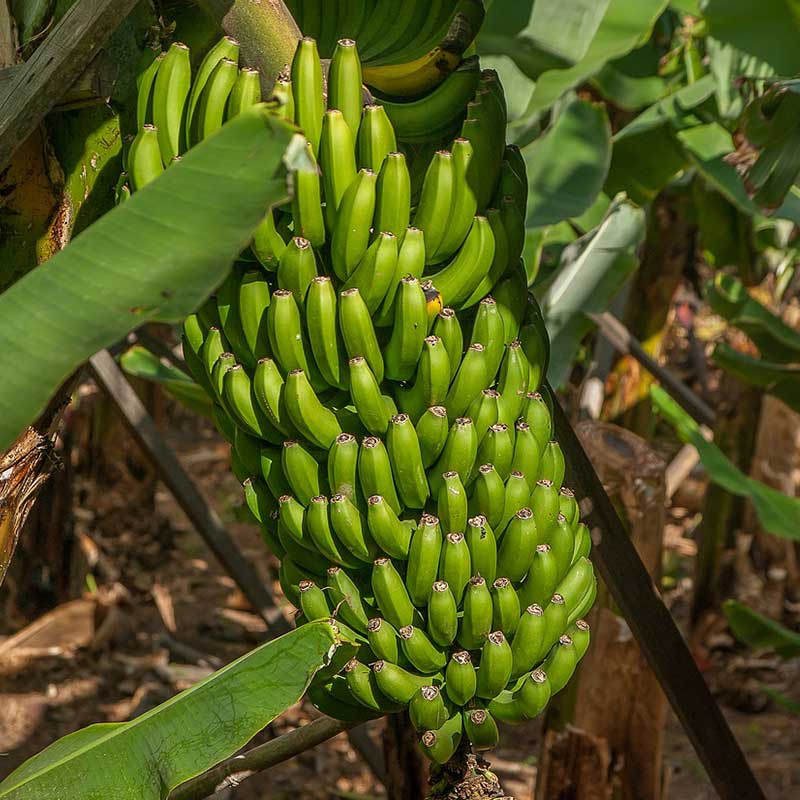
1. It’s a berry.
A strawberry isn’t, a raspberry isn’t, but a banana is a berry, botanically speaking. So are tomatoes, grapes and eggplants. A berry is the fruit produced by the ovary of a single flower, except for stone fruits. You can tell that raspberries aren’t berries by their multiple little round sacs of deliciousness, and strawberries because they have no seeds inside. Other things, it’s best to look it up.
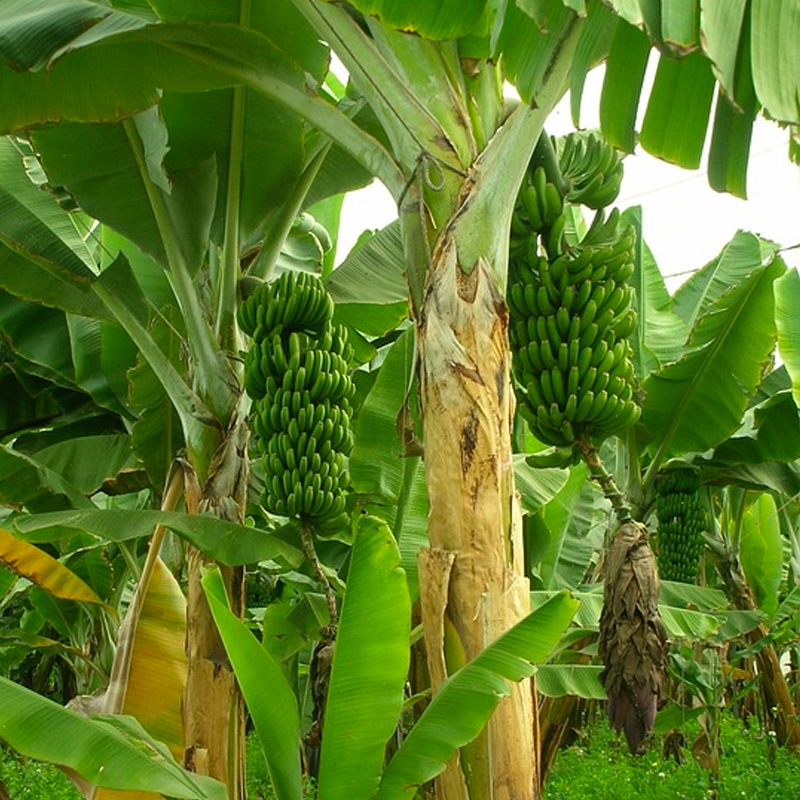
2. Do bananas grow on trees?
Nope. They just grow on big plants, reaching as high as 20 feet. After the stem blooms then produces fruit, that part of the plant dies, but offshoots come out of the base, meaning that the banana is essentially a perennial.
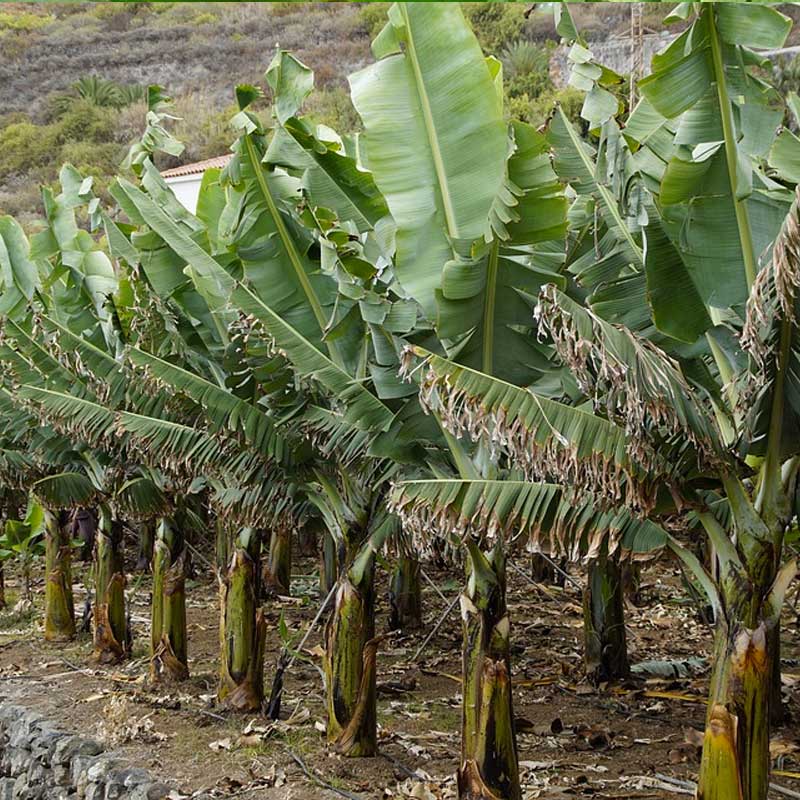
3. Where is it from?
Bananas are native to Australia and southeast Asia. They were probably first cultivated in Papua New Guinea, in the Kuk region, about 10,000 years ago. From there, they spread to the Philippines, Africa and China. Alexander the Great saw them in India in 376 BCE. Bananas were introduced to Europe through Spain or Portugal in the 1500s.
4. Bananas in Iceland.
It isn’t a lot, but Iceland produces up to 2,000 kilograms of bananas per year in greenhouses at Icelandic Agricultural University. The greenhouses are heated geothermally and have been growing them since the 1940s. Even with electric lights, though, the bananas take almost two years to grow; closer to the equator, it takes about nine months.
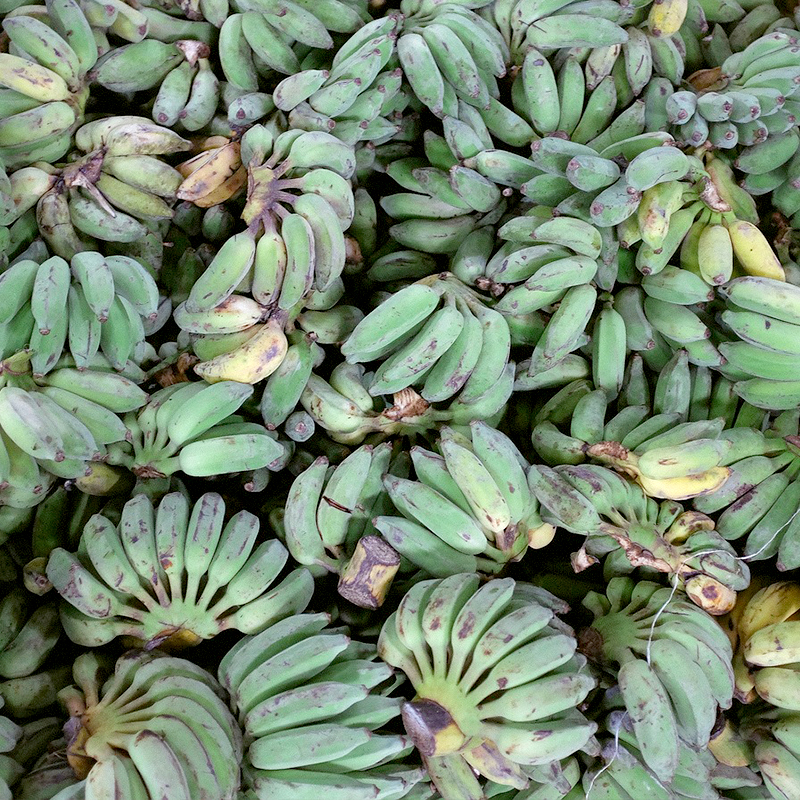
5. Bananas for dinner.
In general, bananas that are cooked are called plantains and are very common in south Asia, Africa and South America. They’re just another kind from the Musa acuminata and Musa balbisiana. They tend to be eaten less ripe, before all the starch has turned to sugar. This is not always the case, though.

6. Fourth most important.
Bananas and plantains are the fourth most important food crop in the world, after corn, rice and wheat. In sub-Saharan Africa, particularly the eastern side, individuals consume an average of 900 pounds per year. These aren’t dessert kinds; they’re East African highland bananas, eaten cooked before they become fully ripe. They’re prepared in many different ways, like potatoes.
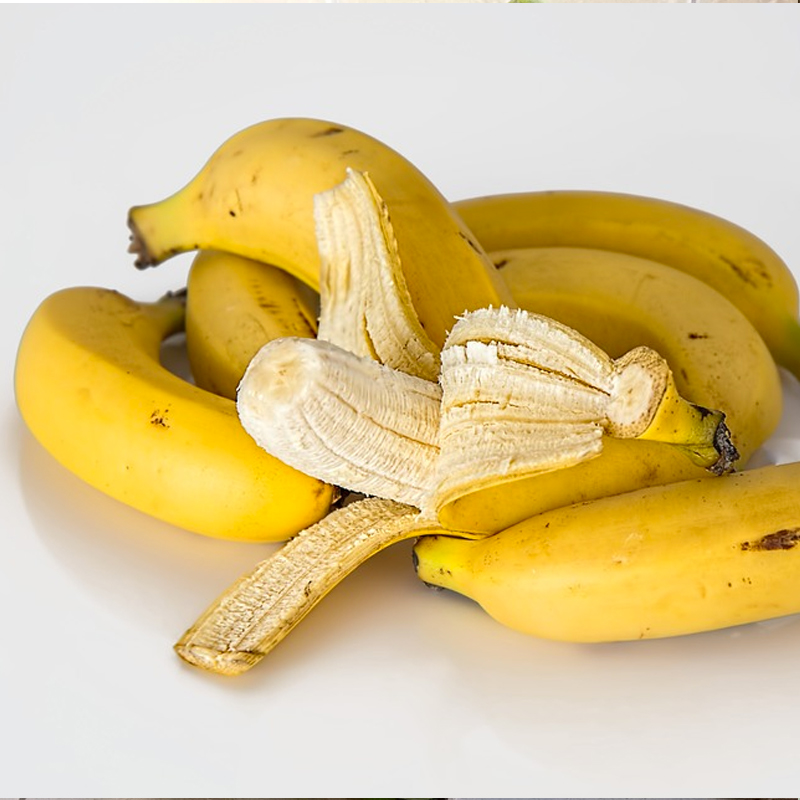
7. Gassed and ungassed.
Bananas are picked and shipped unripened by the sun. In the country where they will be used, they are put in an airtight chamber and gassed with ethylene gas, which makes them turn yellow. (Ethylene is a natural gas, given off by fruits as they ripen.) If green bananas aren’t put through this process, they will not ripen to yellow; they’ll turn grey and rot. The green ones are used in Jamaican cooking; they’re called guineos verdes.
8. Radioactive.
Yes, it is true, bananas are radioactive because they contain potassium. So are potatoes, salmon, spinach and Brazil nuts. Relax, though; you’d have to eat 274 bananas per day for seven years to start having any symptoms of radiation poisoning.

9. Panama disease.
A hundred years ago, the favourite banana in the world was a cultivar called ‘Gros Michel’. Hectares and hectares were planted in the Caribbean. Then Panama disease – a fusarium wilt – struck, killing off all the ‘Gros Michel’ bananas and devastating the crop worldwide. ‘Gros Michel’ was replaced by ‘Cavendish’, a disease-resistant cultivar that had good fruit. ‘Cavendish’ has a thinner skin, making it harder to transport without damaging, but it’s the best we’ve got.
10. Panama disease redux.
The bananas we eat are all genetically identical; they do not reproduce from seeds, they are cloned. Panama disease, on the other hand, is out there making up its own rules and it has mutated to become more successful against ‘Cavendish’ bananas. So you can see where this is going. Scientists are looking to wild bananas for disease resistance, hoping to produce another variety we like.
– Shauna Dobbie Copyright©
Pegasus Publications Inc.
Have you heard? The year 2022 is Canada’s Year of the Garden! Visit https://gardenscanada.ca/year-of-the-garden/ to find out more.



